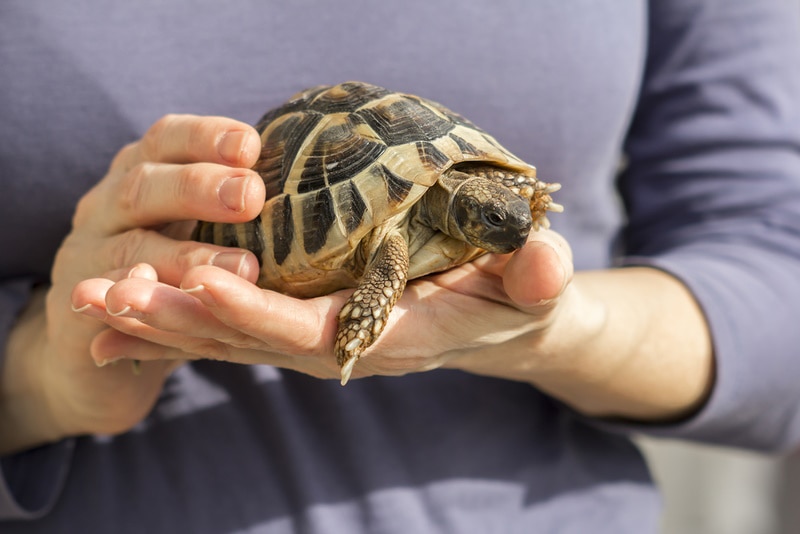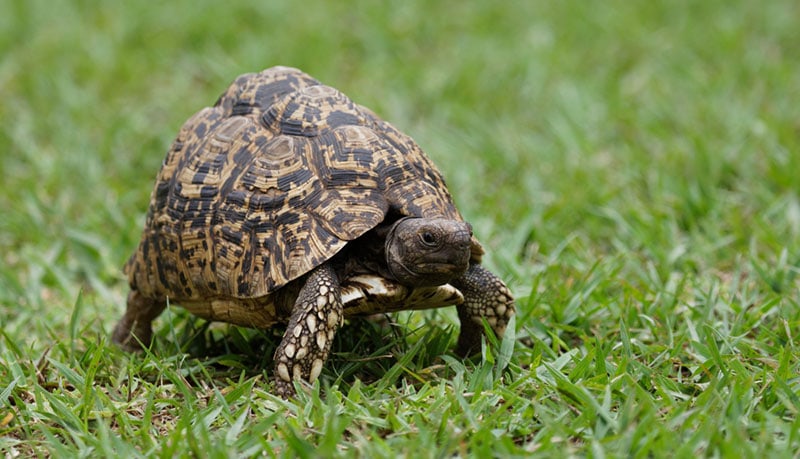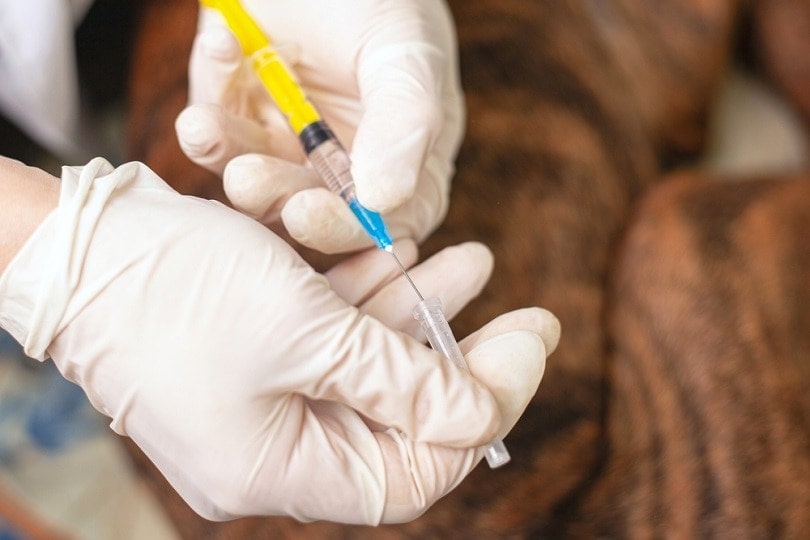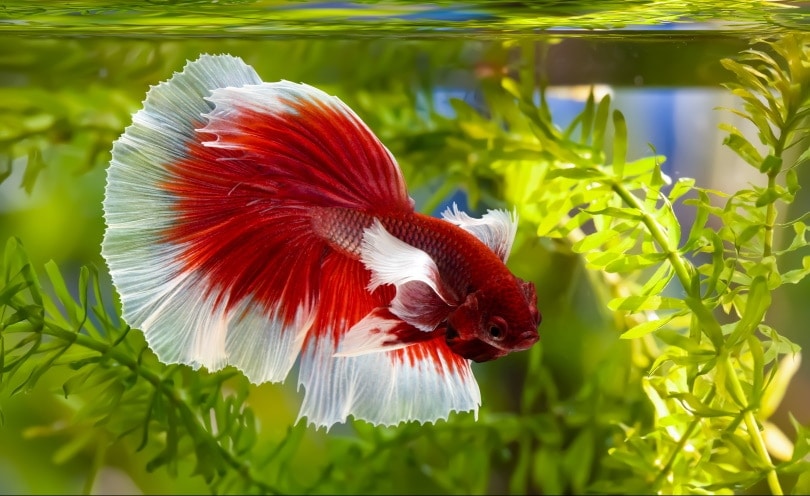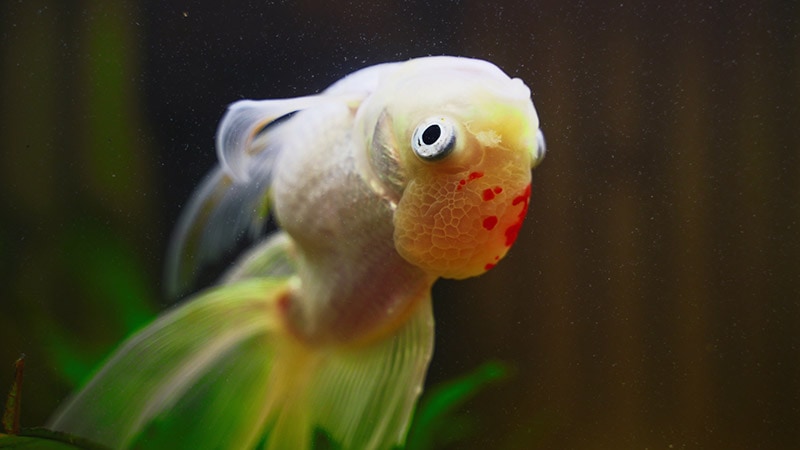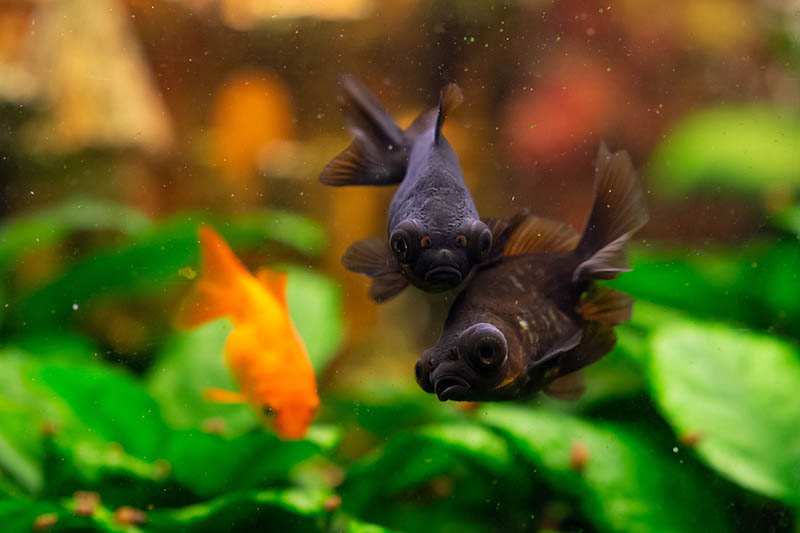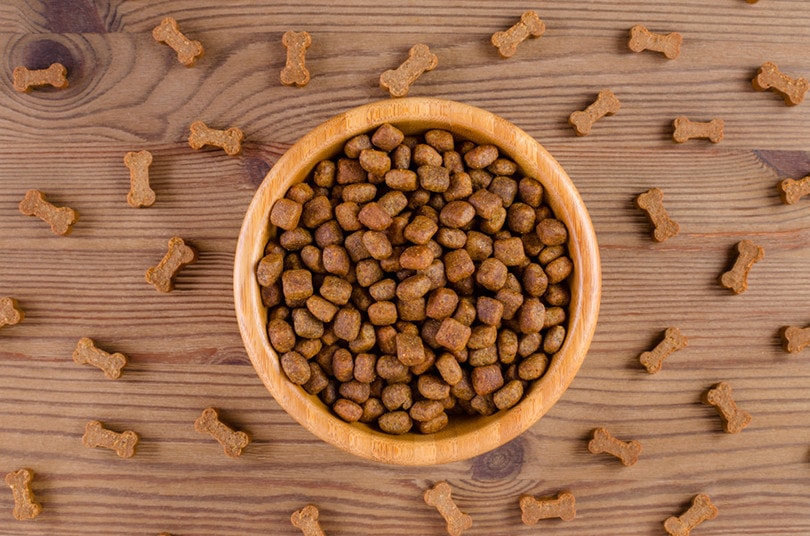Can Turtles Eat Apples? Vet-Approved Nutritional Science & Info
By Jordyn Alger
Updated on
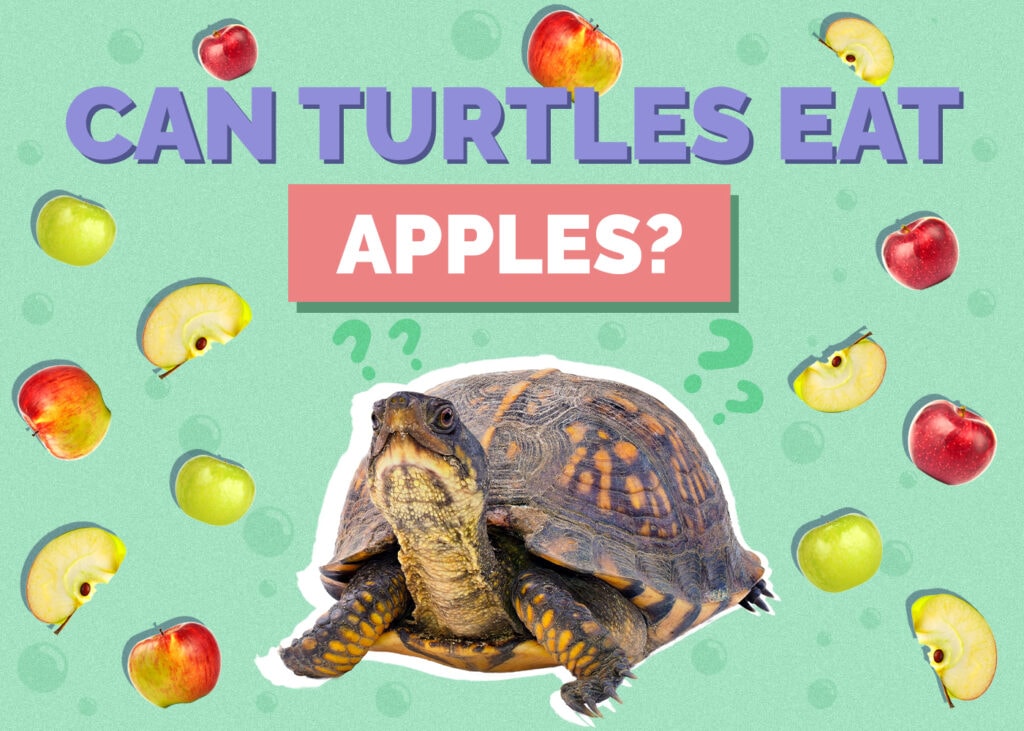
Everyone loves to spoil their pets with tasty snacks. If you’re hoping to treat your beloved turtle to a yummy surprise, you’ll be happy to know that turtles can eat apples. However, in most cases, apples should only be fed occasionally and should not be a regular part of your turtle’s diet. In this article, we discuss what a healthy diet looks like for your turtle and how to feed apples to your pet.
Please note that in this article, we’ll be mostly focusing on freshwater aquatic turtles and North American box turtles (Terrapene).

Apples & Turtles
Apples are not toxic for freshwater aquatic turtles and box turtles and are listed as safe in medical veterinary literature1. That said, fruit in general is normally not considered a major part of any turtle’s diet.
Most freshwater turtles are slightly carnivorous when juveniles slowly shift to a diet that’s more herbivore-biased as they mature into adults. As adults, they should be fed vegetables like kale, romaine lettuce, cabbage, endive, spinach, mustard greens, and bok choy.
They should generally be allowed to have access to an unlimited number of aquatic plants and assorted salad materials. Fruits should only be offered sparingly (approximately 5% of their diet).
The diet of most box turtles allows for greater flexibility in terms of the acceptance of fruit. An acceptable feeding guideline is as follows:
- 50% animal or high-protein foods: Examples include earthworms, crickets, slugs, wax worms, mealworms, baby mice (pinkies), commercial pellets, and sardines.
- 50% plants: These should comprise around 75% vegetables and 25% fruits.
This dietary information lets us conclude that apples are safe for most turtles.
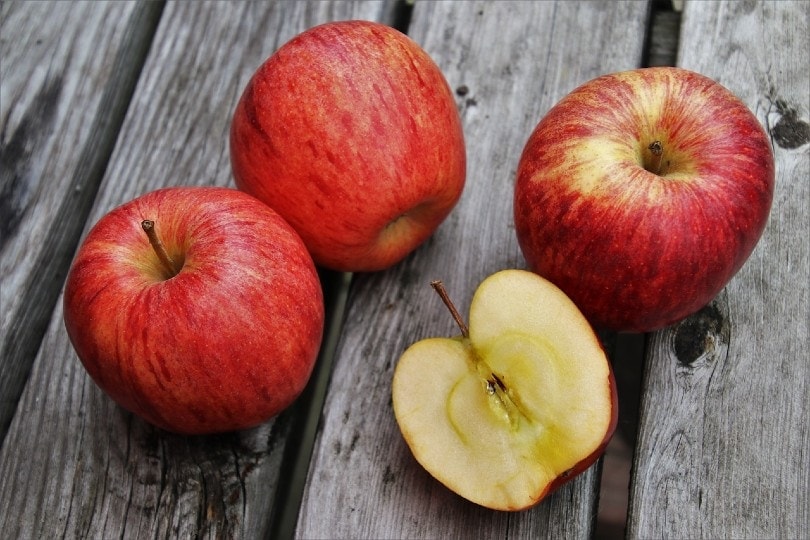
How Should Apples Be Fed to Your Turtle?
Not all turtles enjoy eating fruit, so if yours is too picky to eat an apple, don’t force the issue. When feeding your turtle apples, ensure you are only serving raw apples. The apples should not be cooked or flavored with sugar, cinnamon, or other seasonings. You also need to cut the fruit into small chunks if needed. It is best to not offer your turtle the seeds of apples, though they are likely not a cause for concern if accidentally ingested, as turtles are natural seed-dispersal animals2.
Apples are not the only fruit that turtles can eat.
- Grapes
- Melon (without the seeds)
- Berries
- Oranges
- Banana
- Strawberries
- Raspberries
- Plums
- Nectarines
- Mangoes
- Pears
- Grapefruit
As with any new food you introduce to your turtle, start slowly when feeding apples for the first time. Rushing too quickly with unfamiliar food may lead to gastrointestinal issues.
Are Veggies More Beneficial Than Fruits?
While fruits can be tasty treats for your turtle, they are only meant to be occasional snacks. However, veggies can account for a larger part of your turtle’s diet. For example, with box turtles, around 75% of the plant material they eat should be vegetables and flowers. A maximum of 25% should be fruits, such as apples.
Even though vegetables should comprise a large part of your turtle’s diet, vegetables are, unfortunately, often underrepresented in the average turtle’s dietary plan. Turtles need to eat various vegetables, not just the same vegetable throughout their lives.
During each feeding, serve your turtle two to three types of leafy greens as a minimum, keeping in mind that you can add other veggies too. Rotate the vegetables every week to keep your turtle enticed and healthy.
- Shredded carrots and carrot tops
- Squash
- Collard greens
- Watercress
- Mustard greens
- Romaine
- Swiss chard
- Duckweed
- Endive
- Bok Choy
- Green beans
- Broccoli
- Escarole
- Dandelion greens
- Kale
- Spinach
Do All Turtles Have the Same Diet?

There are many species of turtles, and each one has special care requirements. To know exactly what is right for your pet, you must research the species you own. You will also need to consult your vet and collaborate on a dietary plan.
Generally, semi-aquatic and aquatic turtles are omnivores, meaning that they eat animal protein and plant material. Examples of omnivorous turtles include painted turtles, red-eared sliders, and pond turtles. Different species would require different diets, which you should discuss with your vet.
Feeding an omnivorous turtle a few chunks of apple occasionally fits in with their dietary needs. However, there are some species that are carnivorous and only eat animal protein, like the spiny soft-shell turtle. Carnivorous turtles do not have much room for plant material such as apples in their diet. So, whether your turtle should eat apples depends heavily on their species’ needs.

Conclusion
Generally, turtles can eat apples. They should not make up a significant part of your turtle’s diet because most of your turtle’s plant-based foods should be vegetables. However, if you have a carnivorous turtle, feeding them apples may be nothing more than empty calories. For this reason, it is essential that you know the species of your turtle and reach out to your vet to devise the best dietary plan for your pet.
See Also:
Featured Image Credit: congerdesign, Pixabay

